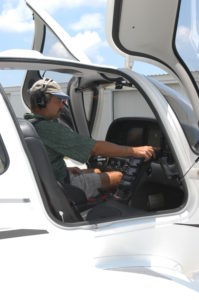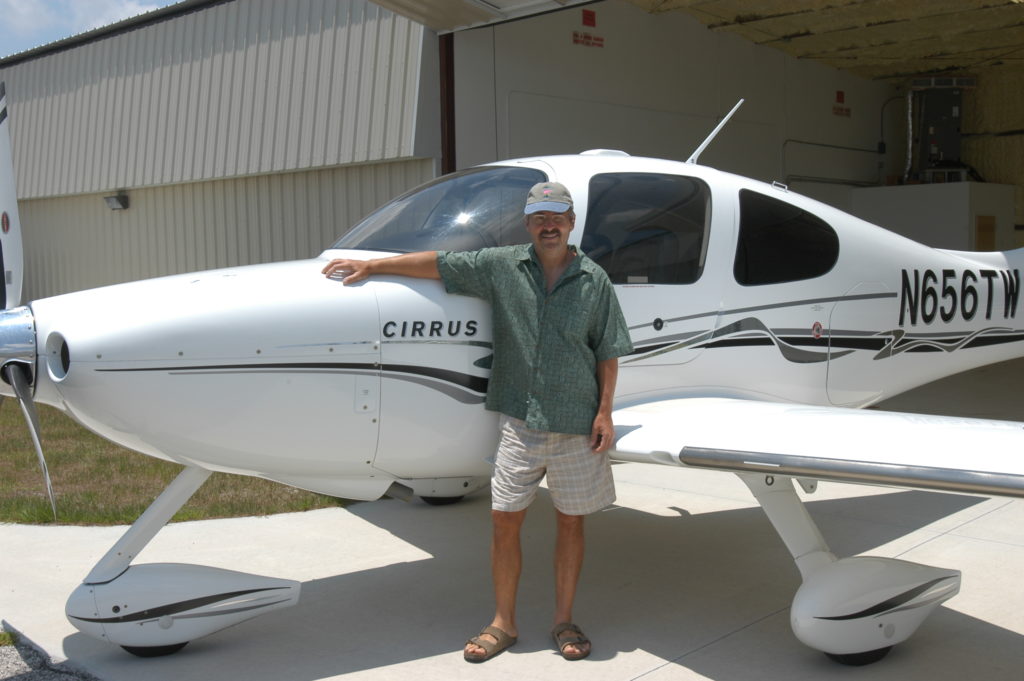R-e-s-p-e-c-t
By Terence WittAlthough Newton and Einstein were both brilliant individuals, far ahead of their time, this was not their defining attribute. What they, and most of the other truly great theorists of history have shared, is a genuine humility before nature. This is not the same thing as admitting to the incompleteness of the standard model of particle physics, for instance, nor is it the same thing as claiming that the deepest secrets of the universe remain shrouded in great mystery. Humility before nature is to stand in utter awe of the universe, listening with unshielded, unprejudiced ears to what it’s trying to tell you. This is not a mystical experience; this is a case of striving for total objectivity. The mental noise generated by our protracted simian ancestry clouds our thoughts with nonsensical egocentric ideas, and scientific progress is often the first casualty. Examples are too numerous to mention, so let’s just play the highlight reel.
Anthropic principle. This is one of my favorites; designing the universe in man’s image. The anthropic principle is perhaps the most egregious case of the tail wagging the dog in the history of organized thought. There is nothing; absolutely nothing, that is universally unique about the human form. I’ve often said that if the universe were different than it is, we would be different than we are. On reflection, however, the more accurate statement is if the Earth, the lovely blue-green speck floating amongst the hundreds of billions of stars in another speck – the Milky Way – were different than it is, we would be different than we are. Saying that the universe is designed to accommodate humans is like saying that the Earth has to be the way it is or else seagulls would be unable to fly. Ludicrous, yet the anthropic principle persists in many forms.
Conflating math with reality. Although America’s forefathers saw the wisdom of separating church and state, theoretical physics has failed to draw a clean line between math and reality. This is an occupational hazard of course. Without math, theoretical physicists would have little to do. Perhaps if enough theoretical physicists were immersed in engineering or applied mathematics, they would eventually come to the realization that our math is no more than a clumsy idealization of reality. It is the simplistic shadow that reality casts on our minds. Calculus, for instance, works because of the way reality is, not because of the way that calculus is designed.
Reality by consensus and aversion to new concepts. This is tribal activity at its best, and it does have a heavy evolutionary heritage. The shamans of thousands of years ago had jobs similar to the cosmologists of today – to answer questions for which there are often no good answers. The best way to do this is adopt a sweeping, agreed-upon liturgy that covers all the bases. It doesn’t even have to be self-consistent, it just has to be consistent. Getting the story straight, so to speak. In ancient times, the missing logical sequences were attributed to god; in modern times, the missing sequences are denigrated as philosophy. In both cases, the probing of logical inconsistencies is considered an attack, because these areas have already been labeled as out of bounds. “Foul!” they cry in unison. Since any genuinely new idea represents a change in the worldview, and since it takes so long to “get the story straight”, there is widespread resistance to original concepts. Hubris replaces humility, authority replaces curiosity, and science takes the fall…again.
Discovery by brute force. The LHC involves the work of literally thousands of scientists, with the oft stated and well-publicized goal of “probing nature’s deepest mysteries”. Yet it is all done to support a standard model of particle physics that contains a gaping schism near its core – the fundamental incompatibility between quantum mechanics and relativity. This is seen as a problem of course, but not really a pressing problem. Indeed, how could it possibly be in need of urgent attention? The schism has been in place for nearly a century. Full steam ahead, business as usual, damn the torpedoes. So, whereas a prudent airplane mechanic might be deeply concerned upon noticing a crack in a plane’s engine, theoretical physicists are convinced that they can unmask nature’s fundamental secrets by sheer force of will and accelerators so large that they need their own electrical generating plants.
These are only four of the dozens of implicit ways that science has been polluted by our needy, anthropocentric genes. While it is true that a progression of our worldview periodically occurs, it usually takes the form of observations kicking down the door and leaving us with no available recourse. It took a very long time for Earth to be demoted from “Center of Universe” to its current status as “Center of Intelligent Life”. It is entirely unclear how long it will take humankind to see the universe through eyes divorced from their heavily ego-dominated lenses, but this is the one and only path to scientific objectivity. Unfortunately (or perhaps fortunately, time will tell) we are quickly approaching a situation where the cost/benefit analysis of colliders larger than the LHC and telescopes beyond 20 or 50 m becomes simply indefensible. Either our worldview freezes and physics dies, or we go all the way back to where the cracks started forming in the current paradigms and we start using the most powerful tool of all – logic.
You might think that the author of a book as ambitious as Our Undiscovered Universe would be the last person to blog about humility and respect. And perhaps it might be easy to mistakenly conflate my book’s unbridled enthusiasm for the power of its new ideas with an author’s ego run amok. But as I continue the daunting task of developing and applying null physics, with its nonlinear four-dimensional geometry of particles and photons, and as I see single particle calculations that can effortlessly bring a supercomputer to its knees, humility is really my only option. Or as Yoda might say, “be beaten down by Mother Nature a thousand times in a thousand different ways for 30 years, humbled you will be!”



